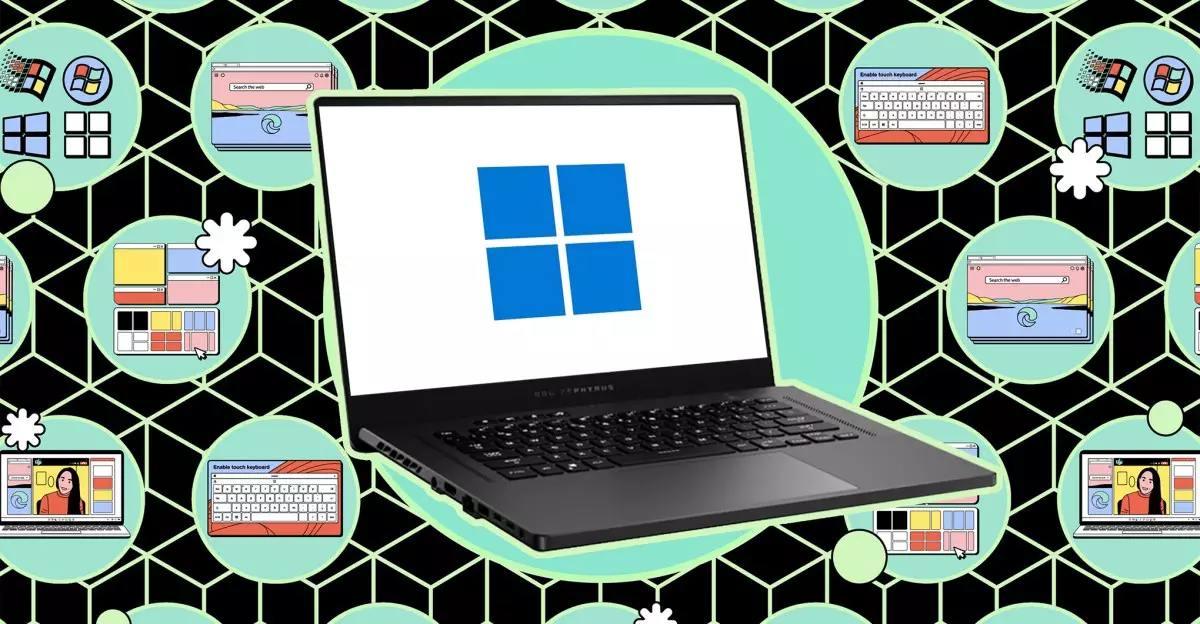In today’s digital age, safeguarding private information has never been more crucial. With the increasing prevalence of laptops in public spaces, the risk of unauthorized access looms larger than ever. Be it a casual moment in a café or a shared family environment at home, users often find themselves needing to hide sensitive files and folders. This article delves into the variety of techniques available for securing private data on your Windows laptop, explaining both basic methods and robust third-party solutions to ensure your files remain confidential.
First and foremost, one must understand the significance of data privacy. Whether it’s personal photographs, financial records, or sensitive work documents, the implications of exposing such files can be detrimental. Unauthorized access can lead to identity theft, loss of personal information, or even damage to professional reputations. Thus, taking proactive steps to secure your digital assets is a fundamental responsibility, especially as we continue to rely more heavily on portable devices that can be easily accessed by others.
Exploring Built-in Privacy Features
Windows operating systems come equipped with basic features designed to hide files and folders. For instance, Windows File Explorer already conceals certain system files that are deemed essential, which helps maintain the integrity of the operating system. However, these features can also be exploited by users seeking to safeguard their own data.
To utilize this built-in functionality, follow a few simple steps. You can access the settings by launching any File Explorer window, clicking on the three dots in the top toolbar, and selecting “Options.” By navigating to the “View” tab, users can enable the option to “Show hidden files, folders, and drives.” Conversely, to hide personal files, right-click on desired items, access “Properties,” and check the “Hidden” box. While this method effectively obscures files from casual browsing, it is not foolproof. Anyone with a basic understanding of File Explorer can easily reverse these settings, rendering this approach only moderately effective for serious users.
For those seeking a more permanent and secure solution, third-party software exists that can lock and hide files much more effectively than Windows’ built-in options. One of the most popular solutions is Folder Lock, a reliable application that offers both free and paid versions. The free variant provides 1GB of space which is often sufficient for most users looking to secure confidential content.
During the installation process, Folder Lock prompts users to select a storage location for the digital locker. It is advisable to place this locker in a less obvious folder structure rather than prominently on the desktop. Users must also create an email account and password for accessing their locker. When Folder Lock is active, files within the locker remain invisible in File Explorer, ensuring a strong layer of security.
In practice, adding files to the locker is as straightforward as dragging and dropping them into the designated folder. Users can also open their files simply by double-clicking on them. Furthermore, Folder Lock includes a “Secrets” feature for safely storing sensitive information such as passwords and banking details, as well as a file shredding capability that irreversibly deletes items by overwriting them with random data.
One of the standout features that contribute to the efficacy of these third-party applications is strong encryption. Folder Lock employs AES 256-bit encryption, robustly protecting your files against unauthorized access. In addition to encryption, users have the option to back up their locker to cloud storage platforms like OneDrive, Google Drive, or Dropbox, ensuring that even if their device is compromised, their files remain safe.
This multifaceted approach to data protection emphasizes the necessity of employing both built-in and third-party privacy measures. Considering the seriousness of data theft and privacy infringement, investing time and resources into learning and implementing these strategies is essential for maintaining control over your digital life.
In an era where the threat to personal privacy is ever-present, it is vital to proactively take steps to safeguard your information. By understanding the available tools at your disposal, such as Windows File Explorer settings and third-party applications like Folder Lock, you can effectively obscure and protect sensitive data from prying eyes. This article serves as a reminder of the importance of vigilance in protecting our digital lives—because in a world full of information, the best defense is a good offense.

